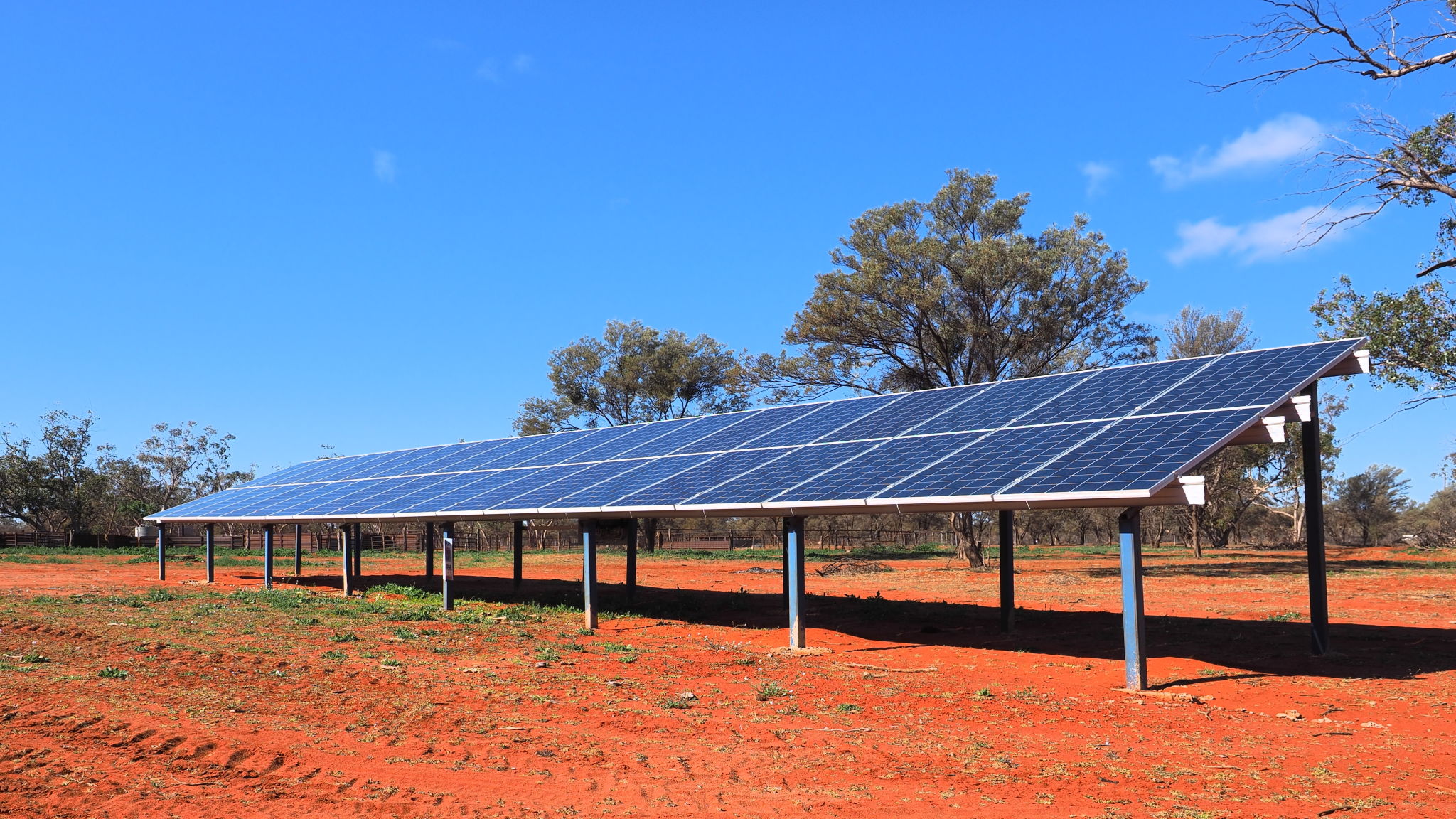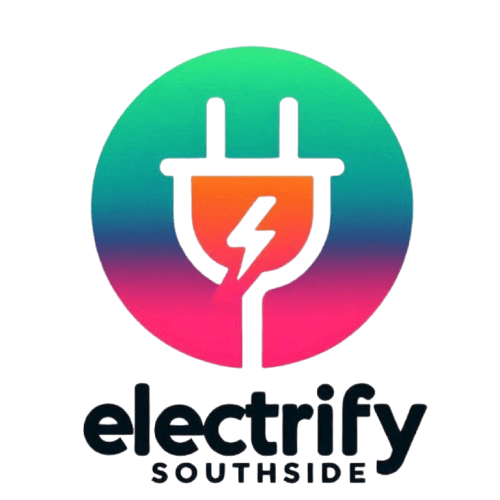Electrification Success Stories: Transforming Communities Across Australia
Empowering Remote Communities through Electrification
Electrification is transforming communities across Australia, especially in remote areas where access to reliable energy was once a significant challenge. By introducing sustainable energy solutions, these communities are witnessing improvements in quality of life, economic opportunities, and environmental benefits.
One of the most significant impacts of electrification in remote areas is the ability to harness renewable energy sources, such as solar and wind power. This shift not only reduces reliance on fossil fuels but also ensures a more consistent and reliable energy supply.

The Role of Government and Private Partnerships
Government initiatives and private partnerships have played a crucial role in the electrification of remote communities. By working together, these entities have been able to fund and implement projects that bring sustainable energy solutions to areas that need them most.
For instance, the Australian Government's Renewable Energy Target has encouraged investments in renewable energy projects, driving innovation and expanding the reach of electrification efforts. In collaboration with private companies, these projects have successfully brought clean energy to thousands of households.
Case Studies: Successful Electrification Projects
Several communities across Australia serve as shining examples of how electrification has transformed their daily lives. In Yulara, Northern Territory, a solar power station now provides a significant portion of the community's energy needs, reducing their carbon footprint and increasing energy independence.

Another success story is in the Kimberley region of Western Australia, where hybrid systems combining solar and diesel power have been implemented. This approach ensures a reliable energy supply while minimizing environmental impact.
Economic and Social Benefits
The introduction of reliable electricity has opened up new economic opportunities for these communities. With access to stable power, small businesses can thrive, creating jobs and boosting local economies. Additionally, educational facilities are now better equipped to provide quality education, leading to improved outcomes for students.
Social benefits are equally significant. Access to electricity has enhanced healthcare facilities, enabling better medical care and emergency response services. This transformation has contributed to a higher quality of life for residents in these areas.

Challenges and Future Prospects
Despite the progress made, challenges remain in ensuring that electrification efforts continue to be sustainable and inclusive. High installation costs and maintenance requirements can pose barriers, particularly in extremely remote locations.
Looking ahead, ongoing investment in innovative technologies and infrastructure is essential to overcome these challenges. By prioritizing sustainability and collaboration between government, private sectors, and local communities, Australia can continue to lead the way in transforming remote areas through electrification.
The Path Forward
The success stories of electrification across Australia highlight the profound impact that access to reliable energy can have on communities. As these efforts continue to expand, they hold the promise of further transforming lives and fostering sustainable development across the nation.
